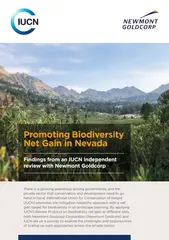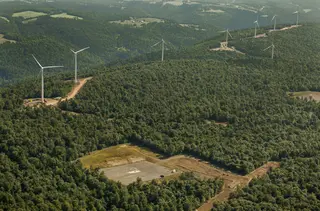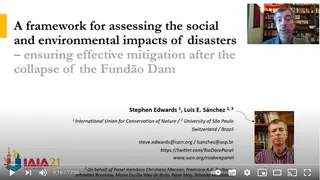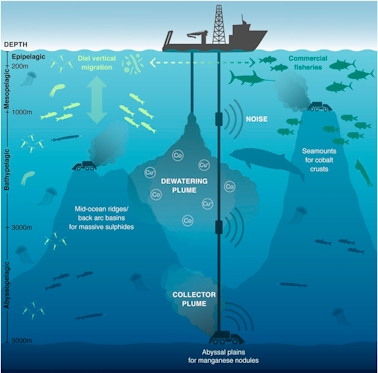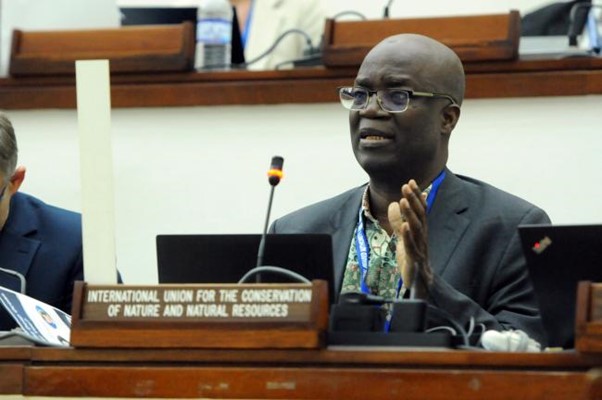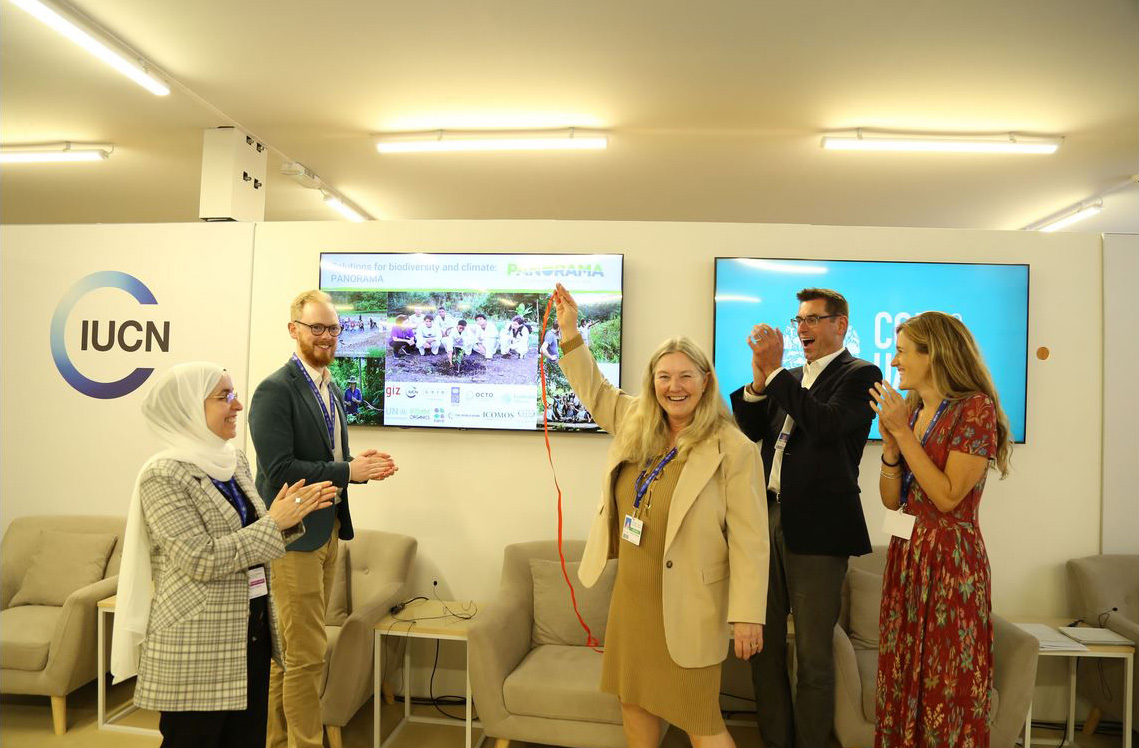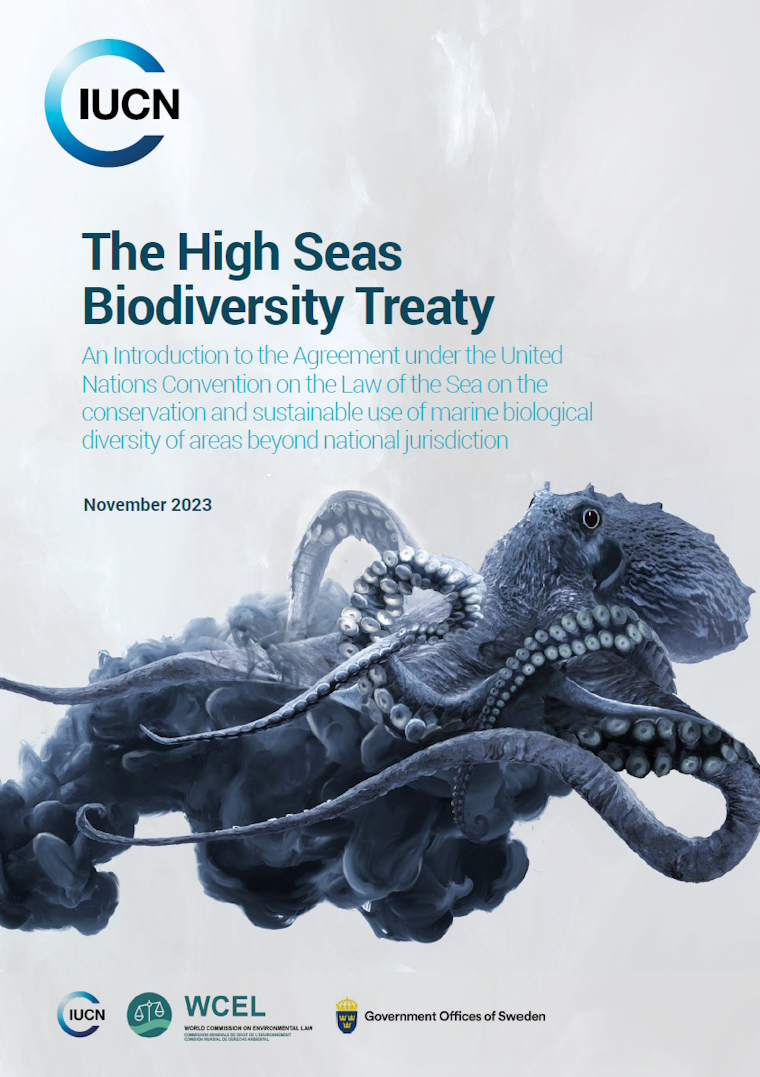While resource extraction is on the rise due to unsustainable socio-economic patterns, these activities provide critical raw materials vital for the transition to a low-carbon future, including the energy sector and built environment among others.
IUCN is committed to engage with the extractives, energy and infrastructure sectors to achieve our global conservation and development goals. IUCN and its Members have been working with key stakeholders in these sectors, including companies, industry coalitions and associations, as well as state actors and regulators to develop innovative tools, approaches and guidelines to help mitigate impacts and promote best practices.
About extractive, energy and infrastructure
As extractives, the energy sector and infrastructure are resource-intensive industries with large environmental footprints, IUCN believes it essential to work with them to minimize impacts and positively influence their practices to safeguard and contribute to nature conservation. IUCN also recognises that these sectors play a key role in the transition towards a low carbon and nature-positive model that deliver (or generates) benefits for both people and nature.
IUCN has focused its work around three key interrelated objectives:
- Drive the sector toward a low carbon and nature-positive economic development model aligned with what is needed to keep climate change under 1.5 C, while mitigating the risks of any negative consequences on people and nature.
- Avoid and reduce negative impacts from extractive activities on biodiversity, ecosystem services, and natural resource-dependent livelihoods; and
- Aim for the highest possible biodiversity net gain related to extractive sector operations, as well as additional conservation benefits derived from improved land and sea management.
